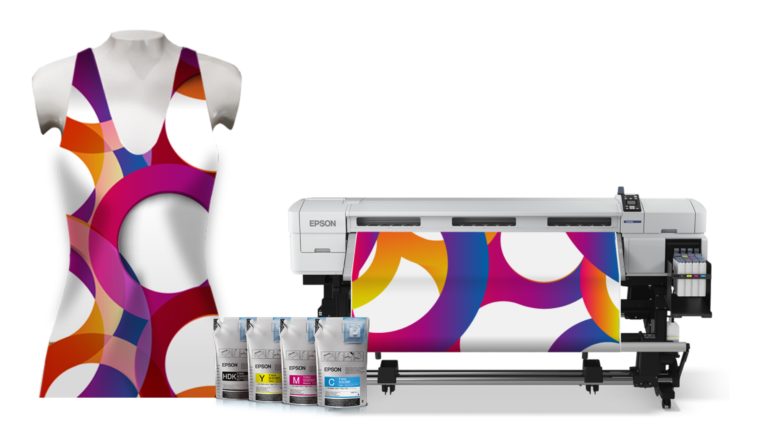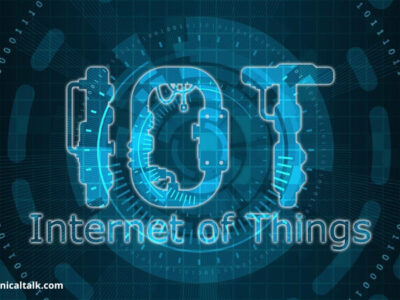Digital Textile Printing is a procedure that uses inkjet technology to print dyes onto textiles and clothing. This procedure permits single parts, medium to small cycles, and even long-run products to replace the screen-printed cloth.
The initial stage in digital textile printing is to prepare the cloth for color absorption with fluid solutions. It is then fed by the printer, which sprays the dye with small droplets on the textile.
The final stage is to fix the material, a technique that assures that the design is permanent. Depending on the material and type of dye, fixing involves steam, dry heat, or pressure. Sometimes a mixture of two or more of these is necessary.
Printing solutions from Epson printers provide a rapid and uncomplicated digital printing procedure that does not require pre-or post-processing. Learn more about exactly what makes it so simple about the Epson printing process. Epson printers enable unparalleled print quality, speed, and performance.

What is Digital Textile Printing?
Digital textile printing is a specialized inkjet roll-to-roll printing form. Printers constructed exclusively for fabric feed-rolls substitute rotating and flat-screen printing equipment normally used for industrial textile printing.
Digital textile printers directly expel tiny droplets of ink into several non-stretching natural and synthetic textiles, unlike the textile coloring sublimation method confined to polyester and polyester/blend fabrics. The ink pretreats and post-treatment methods used depend on what type of fabric is embellished and utilized.
Digital textile printing is a promising technique to reduce water and energy consumption, waste, and water pollution associated with traditional textile dyeing and printing by manufacturers of garments and decoration materials. Some experts believe that digital fabric printing can save water use by up to 90% and electricity by 30%.
How Does It Work?
The first essential ingredient of textile printers is understanding the chemistry in the process. There’s no silver bullet first off. No single type of ink is properly printed in a straightforward, one-step method for all fiber types.
It is terrible, but that is the fact and implies that we have to understand how different fiber types interact with the available ink choices.
Each ink has certain fiber kinds to which it is suitably attached. Reactive dyes and textile pigments are common in natural fabrics such as cotton. Disperse dyes (aka dye-sub inks) are reserved for polyester, but nylon and silk function well with acid dyes.
Each dye requires a specific inkjet responsive coating in the fabric to control the gain of dots and to ensure optimal attachment. Many fabrics can be bought with the already applied coating.
Selected vendors also apply the coating (as a service) on a fabric provided by you. Finally, the purchase of your coating machine could be the ideal option for big production circumstances.
Advantages of Digital Textile Printing
Now that you know the foundations of digital textile printers let’s talk about some of their benefits. Technological advances have changed this profession, and much advancement has been made.
More production in less time has been easier, and this has allowed enterprises to satisfy market demands. Digital printing has various advantages to provide, and here are some major:
1: High Resolution
It is one of the major advantages of a digital textile printer, and you may utilize unlimited color. In addition, the color is accurate, and the print is clear and clean. Digital printers are not limited to a maximum number of rotatable displays. Therefore they offer a great deal of versatility.
You’re going to get what you see in the photograph, and that’s excellent. The fabric prints will be precisely the same as in the picture. It makes the digital textile printer a reliable alternative, which is why it is becoming increasingly popular.
2: Fast Sampling & Delivery
Another advantage of the digital textile printer is that it is a rapid and time-saving technique. There are several distinctions between conventional screen printing and digital printing when we compare their sampling time.
Every change in conventional screen printing requires a new rotating screen, which slows the whole process. Even if you have a tiny change, you have to devote some time. However, this is not the case with digital printers, as they simplify and speed up the procedure. The designs can be made digitally and can be made at the moment if an adjustment is needed.
It minimizes the time for the sample, and the same goes for delivery. Since you need to spend less time on sampling, you can generate at a much faster rate. It is one of the greatest benefits of digital printing compared to conventional screen printing.
3: Environment Friendly
Another advantage of digital textile printers over conventional printers is that the entire process is more environmentally friendly. Because the energy and water usage in this scenario is modest, digital printers are environmentally benign.
In addition, they use less ink, which also lowers waste. There is a great difference between the waste produced in digital printing and the old ways of printing. It is another reason why many organizations currently rely on digital printing.
4: Cost-Effective
Printing cost is one of the major concerns when we talk about printing fabrics. Digital textile printing is more cost-effective than conventional printing technologies, which are one of their main benefits.
It has less room than standard rotary screen printing and can be useful. Another amazing thing about digital textile printing is that it consumes less ink and power to make it more efficient overall.
As already indicated, wastage is also less significant in the case of digital fabric printing. It also cuts sample costs, and in this scenario, it is considerably more cost-effective to print smaller runs. After looking at all these elements, digital printing is a cheaper solution. It is also a superior choice when it comes to the initial investment.
5: Easy To Make Corrections
It is relatively straightforward to make corrections in digital textile printing. Errors in the printing sector are likely to happen, but it is important to make fixes to keep your clients coming back.
A lot of time and various resources are required to make adjustments in designs and patterns in the past. But with the help of new technology, it is extremely easy to do so. It reduces human work and also speeds up the entire process.
Another amazing thing about digital printing is that designers may customize a design from anywhere and make mistakes. You can send files from your PC and make modifications. Digital printing has introduced this kind of versatility into the market.
6: Wide Range Of Designs And Colors
Varied people have different fashion interests, and this is why a variety of options are crucial. If a corporation manufactures a variety of choices, the buyer can choose the one they prefer most.
But if there are fewer choices, sales could be affected. It is where digital printing comes into play and makes print businesses much easier. Using this technology is a multitude of alternatives in design; pictures and graphics are easily produced.
In addition, in digital printing, there are a limitless number of colors. It allows buyers to choose more. However, this is not the case with standard printing methods, as flexibility can be difficult to achieve. Color possibilities are limited, and the range of designs is limited.
Conclusion
Digital textile printers have various advantages over conventional printers, so organizations also prefer to use this technology. It revolutionized the world of textile printing and simplified and simplified the process.
The fabric printing process has grown faster and helped the industry fulfill expanding customer requirements. The digital textile printer is also a wonderful alternative for young companies, as it takes less room for operation.














